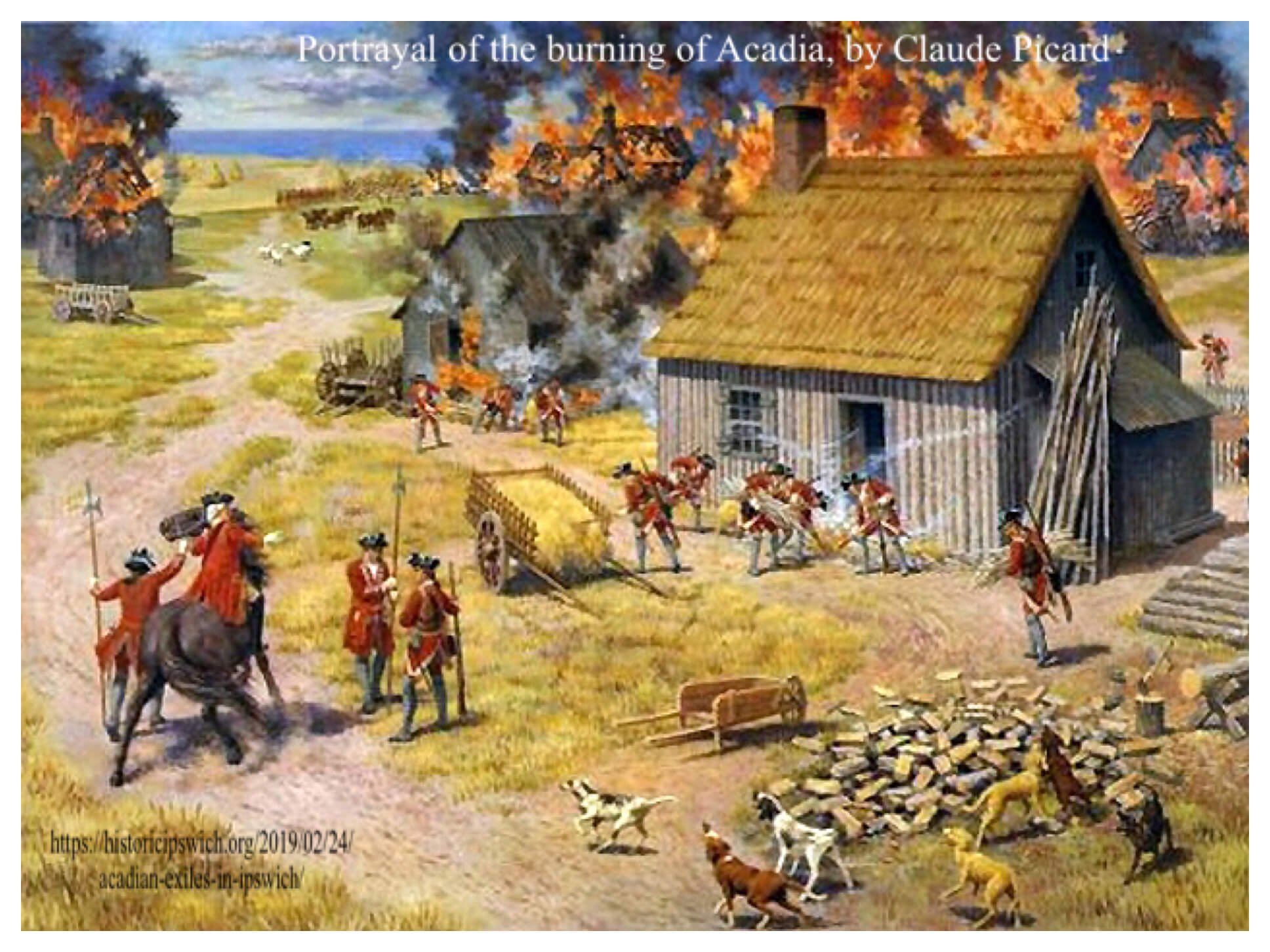While researching the other day I came across a new book that documents Maine’s original Acadian families. I had heard the term before but I wasn’t sure what exactly an Acadian was, and the reason for writing the book sounded intriguing. So off to do one of my favorite things, learn something new! Do you have Acadian ancestry? Have you ever heard that term before?
Acadians are the descendants of the French.
Acadians are the descendants of the French who settled in Acadia during the 17th and 18th century. These French came from the southwestern region of France known as Occitania. The area settled is now Nova Scotia, New Brunswick, Prince Edward Island, parts of Quebec, the west coast of Newfoundland and present day Maine to the Kennebec River. This was a separate colony of New France. It was unlike other French colonies. They were ethnically, geographically, and administratively different and therefore had their own distinct culture and history.
Acadians have known a lot of turmoil often centered on contested borderlands.
There has been lots of turmoil with Acadians and land rights. The area they lived in was a contested borderland between French Canada and the British territories in New England. The French lost control of the area in 1713 but the Acadians resisted British control. Yet, in 1755 11,500 Acadians were part of the Great Expulsion. Families were separated, homes were burnt and lands confiscated. Later the Acadians mainly settled in what is now Aroostook County and there were disputes until 1842 over who owned the land. Both Americans and Acadians lived on the land. The Ashburn Treaty of 1842 settled what the final borders would be. Most of the land went to Maine but the waterways that connect Britain to lower Canada and the maritime colonies stayed with Britain.
While these disputes were ongoing, both sides thought they had a right to the land. However, government agents or employees of both countries would not go into the disputed area. So census records from 1790 to 1840 in the United States were not taken in the disputed areas. That meant that many of the French speaking Acadian families were never documented. The book The Families of the Upper St. John Valley in 1790 was written to help with the lack of census records.
68 Acadian families from both sides of the St. John River.
The book is 172 pages and covers the original 68 Acadian families from both sides of the St. John River. In The Families of the Upper St. John Valley in 1790 each chapter included the head of household, their spouse(s) and their respective parents, their children, and who they married. Other information that will be found is the head of household’s occupation(s), applicable crown land grant(s) and acreage received. Most of the information in this book cannot be found anywhere else. You may be able to find the book in libraries in the Acadian Towns. You can also order a copy from here Aroostook County Genealogical Society at https://ac-gs.org/publications-for-sale/. Hopefully, if you have any ancestors from the Acadian area this book could possibly help you to find out some information and clear up any dead ends you had before.
We can help
If you need any help finding your ancestors, just let us know.


